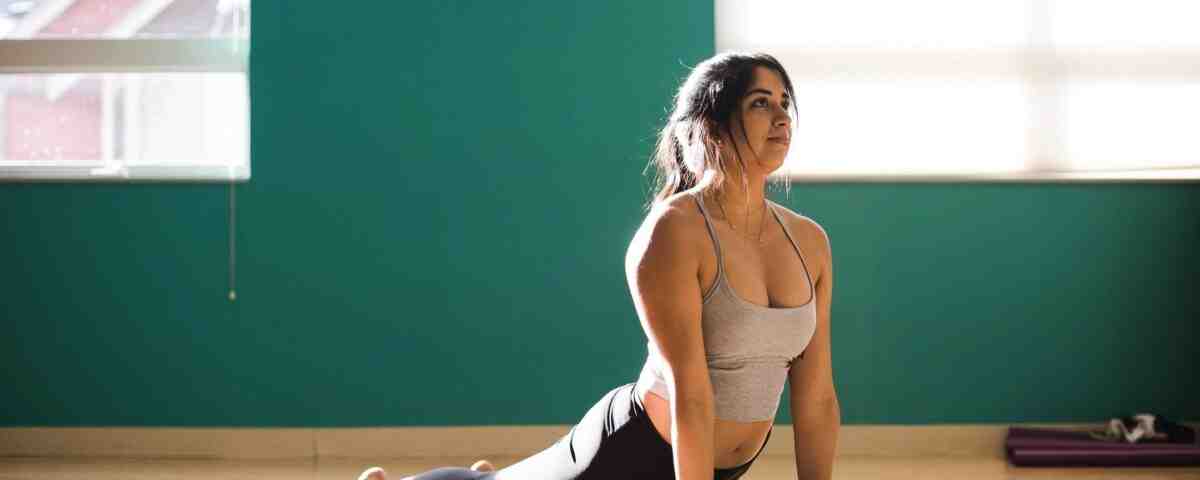Tips on Balance and Stability After Car Accidents

Spinal Traction and Car Accidents
May 20, 2024
Car Accidents and TMJ Injuries
June 4, 2024Balance, Stability, and Car Accidents
Car accidents can be traumatic events with many consequences from pain and injuries to dealing with car repairs. Among the many challenges people may face after a car accident, disruptions to balance and stability are common. Dr. Deryk Harting of Chambers Medical Group, one of the highest rated auto injury medical care facilities in the Tampa Bay area, discusses balance, stability and car accidents and provides a thorough list of balance training exercises.
One of the primary systems affected is the vestibular system, located in the inner ear, which plays a vital role in balance and spatial orientation. Trauma from a car accident can damage small structures of the inner ear leading to symptoms like dizziness, vertigo, and impaired balance. Additionally, injuries to the head, neck, or spine can directly impact balance by affecting nerve function and proprioception (the body’s ability to sense its position and movement in space). Furthermore, the psychological impact of a car accident can exacerbate balance issues. Anxiety, post-traumatic stress disorder (PTSD), and panic attacks are common psychological responses to traumatic events and can present as physical symptoms like dizziness and difficulty with balance.
Recovering from balance and stability problems after a car accident often requires a multifaceted approach under the supervision of a healthcare professional. Balance training exercises are designed to improve proprioception, coordination, and stability by challenging the body’s ability to maintain equilibrium in various positions and movements. These types of exercises target the muscles, joints, and sensory systems involved with balance to improve overall mobility and reduce the risk of falls. It is necessary to maintain proper form when performing these exercises and listen to your body to avoid injury. Here are some common balance training exercises:
- Single Leg Balance: Stand on one leg while keeping the opposite leg lifted slightly off the ground. Focus on maintaining your balance without allowing the lifted foot to touch the floor. To increase the challenge, try closing your eyes or standing on an unstable surface like a foam pad or balance board.
- Tandem Stance: Stand with one foot directly in front of the other like walking on a tightrope heel to toe. Maintain this position for as long as possible while keeping your arms relaxed at your sides. Switch the position of your feet and repeat.
- Balance Board Exercises: Stand on a balance board or wobble board with your feet shoulder-width apart. Engage your core muscles to stabilize your body as the board tilts in different directions. You can also perform exercises such as squats or lunges on the balance board for more challenge.
- Stability Ball Exercises: Sit or lie face up on a stability ball while engaging your core muscles to maintain balance. You can perform exercises such as pelvic tilts, leg lifts, or arm movements while balancing on the ball to increase the challenge.
- Clock Reach: Stand on one leg and imagine yourself at the center of a clock. Reach your free leg forward to 12 o’clock, then return to the starting position. Repeat the movement to the side (3 o’clock and 9 o’clock), behind you (6 o’clock), and diagonally (1:30 and 10:30). Switch legs and repeat the sequence.
- Heel Toe Walking: Take slow steps forward, placing the heel of one foot directly in front of the toes of the opposite foot with each step. Maintain this heel-to-toe alignment as you walk in a straight line.
- Bosu Ball Exercises: Stand on a Bosu ball (half exercise ball with a flat platform) with the dome side down and perform exercises such as squats, lunges, or arm movements. The unstable surface of the Bosu ball challenges your balance and activates stabilizing muscles.
- Walking Lunges: Take a step forward with one foot and lower your body into a lunge position until both knees are bent to approximately 90-degree angles. Push off the front foot to return to the starting position and repeat with the opposite leg.
- Side Shuffles: Stand with your feet hip-width apart and knees slightly bent. Step to the side with one foot, then bring the other foot to meet it, maintaining a slight bend in the knees and keeping the hips low. Continue shuffling sideways for a set distance or time then switch directions.
- High Knees: Stand in place with your feet hip-width apart. Lift one knee as high as possible while balancing on the opposite leg then quickly switch legs and drive the other knee up. Alternate between legs in a continuous/fluid motion while keeping the core engaged and maintaining an upright posture.
- Bounding: Start by standing with your feet hip-width apart. Push off with one foot and leap forward as far as possible, landing softly on the opposite foot. Use the momentum from the landing to immediately propel yourself into the next bound while alternating legs with each jump.
- Single Leg Hops: Stand on one leg with the knee slightly bent and arms at your sides. Hop forward, backward, or sideways while maintaining balance on the support leg. Land softly and absorb the impact with the muscles of the standing leg before repeating the hop in the opposite direction.
Balance and stability are vital components of daily life that affect our mobility and everyday life. However, car accidents can disrupt these essential functions leading to physical and even psychological challenges. Consistency and gradually increasing difficulty is crucial when recovering balance over time. Remember, seeking professional guidance is key to developing a tailored rehabilitation plan that addresses individual needs, abilities, and goals.
— This article is written by Deryk Harting, DC, one of the members of Chambers Medical Group’s team of car accident chiropractors who offer a variety of treatments and therapies ranging from diagnostic testing to various soft tissue therapies for car accidents and injuries in Florida.
- Car Accident Medical Clinic in Tampa
- Car Accident Medical Clinic in Plant City
- Car Accident Medical Clinic in Brandon
- Car Accident Medical Clinic in Lakeland
- Car Accident Medical Clinic in Sarasota
- Car Accident Medical Clinic in Louisville
- Car Accident Medical Clinic in Lexington
- Car Accident Medical Clinic in Florence




